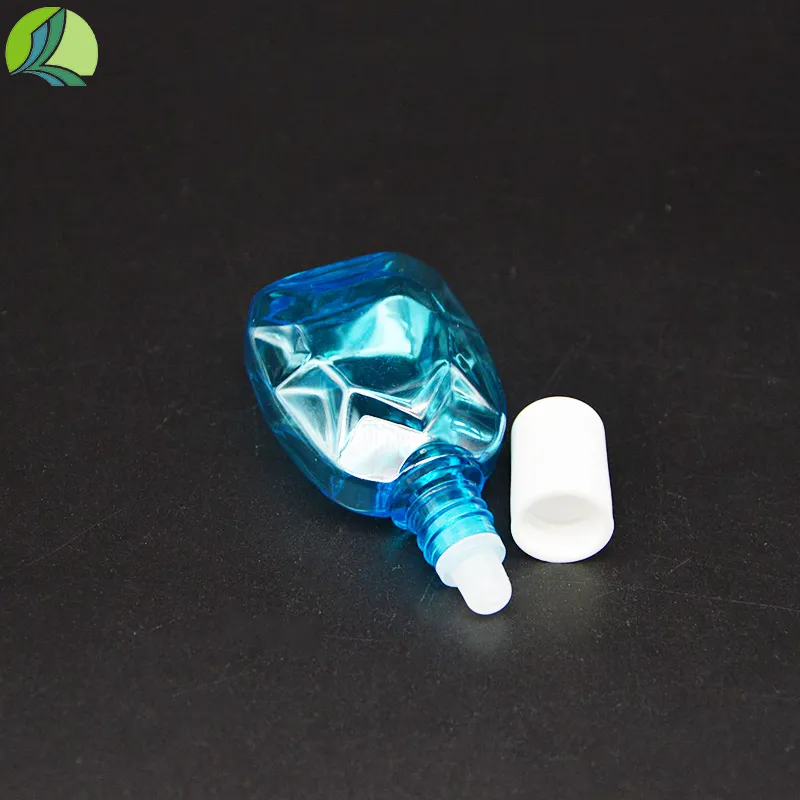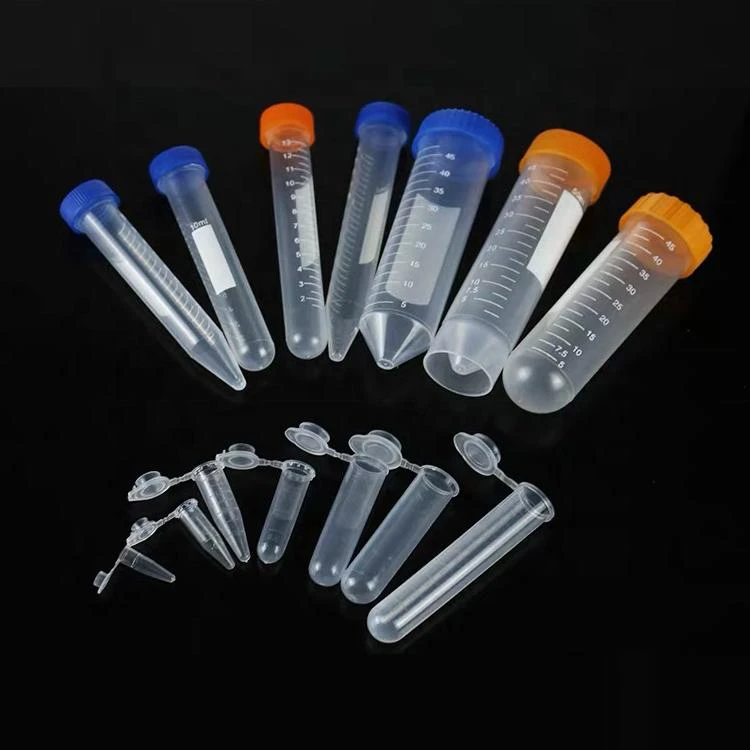
-
 Afrikaans
Afrikaans -
 Albanian
Albanian -
 Amharic
Amharic -
 Arabic
Arabic -
 Armenian
Armenian -
 Azerbaijani
Azerbaijani -
 Basque
Basque -
 Belarusian
Belarusian -
 Bengali
Bengali -
 Bosnian
Bosnian -
 Bulgarian
Bulgarian -
 Catalan
Catalan -
 Cebuano
Cebuano -
 Corsican
Corsican -
 Croatian
Croatian -
 Czech
Czech -
 Danish
Danish -
 Dutch
Dutch -
 English
English -
 Esperanto
Esperanto -
 Estonian
Estonian -
 Finnish
Finnish -
 French
French -
 Frisian
Frisian -
 Galician
Galician -
 Georgian
Georgian -
 German
German -
 Greek
Greek -
 Gujarati
Gujarati -
 Haitian Creole
Haitian Creole -
 hausa
hausa -
 hawaiian
hawaiian -
 Hebrew
Hebrew -
 Hindi
Hindi -
 Miao
Miao -
 Hungarian
Hungarian -
 Icelandic
Icelandic -
 igbo
igbo -
 Indonesian
Indonesian -
 irish
irish -
 Italian
Italian -
 Japanese
Japanese -
 Javanese
Javanese -
 Kannada
Kannada -
 kazakh
kazakh -
 Khmer
Khmer -
 Rwandese
Rwandese -
 Korean
Korean -
 Kurdish
Kurdish -
 Kyrgyz
Kyrgyz -
 Lao
Lao -
 Latin
Latin -
 Latvian
Latvian -
 Lithuanian
Lithuanian -
 Luxembourgish
Luxembourgish -
 Macedonian
Macedonian -
 Malgashi
Malgashi -
 Malay
Malay -
 Malayalam
Malayalam -
 Maltese
Maltese -
 Maori
Maori -
 Marathi
Marathi -
 Mongolian
Mongolian -
 Myanmar
Myanmar -
 Nepali
Nepali -
 Norwegian
Norwegian -
 Norwegian
Norwegian -
 Occitan
Occitan -
 Pashto
Pashto -
 Persian
Persian -
 Polish
Polish -
 Portuguese
Portuguese -
 Punjabi
Punjabi -
 Romanian
Romanian -
 Russian
Russian -
 Samoan
Samoan -
 Scottish Gaelic
Scottish Gaelic -
 Serbian
Serbian -
 Sesotho
Sesotho -
 Shona
Shona -
 Sindhi
Sindhi -
 Sinhala
Sinhala -
 Slovak
Slovak -
 Slovenian
Slovenian -
 Somali
Somali -
 Spanish
Spanish -
 Sundanese
Sundanese -
 Swahili
Swahili -
 Swedish
Swedish -
 Tagalog
Tagalog -
 Tajik
Tajik -
 Tamil
Tamil -
 Tatar
Tatar -
 Telugu
Telugu -
 Thai
Thai -
 Turkish
Turkish -
 Turkmen
Turkmen -
 Ukrainian
Ukrainian -
 Urdu
Urdu -
 Uighur
Uighur -
 Uzbek
Uzbek -
 Vietnamese
Vietnamese -
 Welsh
Welsh -
 Bantu
Bantu -
 Yiddish
Yiddish -
 Yoruba
Yoruba -
 Zulu
Zulu
Quality Empty Prescription Bottles for Sale - Reusable & Eco-Friendly
- Introduction to prescription packaging solutions
- Market demand and container requirements
- Innovation in protective designs
- Supplier comparison for pharmacy containers
- Personalization and branding opportunities
- Implementation success stories
- Future of pharmaceutical dispensing

(prescription bottles)
Ensuring Medication Safety Through Quality Prescription Bottles
Pharmaceutical packaging serves as the final safeguard between medication and patient. In the U.S. alone, pharmacies dispense over 4 billion prescriptions annually, each requiring protective containers that maintain integrity while preventing unauthorized access. The evolution from simple glass vials to modern child-resistant containers demonstrates how packaging has become as crucial as the medications themselves.
The prescription container market has grown 12% year-over-year since 2020 according to PharmaPack Reports. This growth isn't just about quantity - pharmacies now demand packaging with specific technical characteristics:
- Light-blocking properties preserving light-sensitive compounds
- FDA-compliant materials preventing chemical leaching
- Moisture barrier protection maintaining 8-10% internal humidity
- Child-resistant closures requiring 15+ lb force to open
Advanced Engineering for Pharmaceutical Protection
Leading manufacturers now utilize co-extrusion techniques combining polypropylene barriers with HDPE structural layers. This multi-layer approach achieves moisture vapor transmission rates below 0.005 g/m²/day - exceeding USP standards by 300%. Recent innovations include:
Smart packaging integration: RFID-enabled caps can track patient adherence patterns while NFC chips provide dosage instructions when scanned by smartphones. These technologies have shown 28% improvement in medication compliance according to Johns Hopkins clinical studies.
The push toward sustainability has led to PET containers with 45-50% recycled content while maintaining full compliance with pharmaceutical safety standards. These eco-containers decompose within 15 years versus 450+ years for conventional plastics, offering pharmacies tangible environmental credentials without sacrificing functionality.
Supplier Comparison: Pharmacy Container Analysis
| Provider | Material Options | Min. Order (units) | Compliance | Child-Resistance Rating |
|---|---|---|---|---|
| PharmaCasing Inc | PET, HDPE, Amber Glass | 5,000 | FDA, ISO-15378 | 9.3/10 |
| SecureMed Packaging | Recycled PET, Polypropylene | 10,000 | FDA, EU Falsified Medicines Directive | 9.8/10 |
| MediContain Solutions | HDPE with Oxygen Scavenger | 2,500 | FDA, cGMP | 8.7/10 |
Independent lab tests showed SecureMed's proprietary locking mechanism required an average 22.4 lb of force to defeat - exceeding the 15 lb industry standard by 49%. Their nitrogen-flushed production environment also reduced container particulate contamination to less than 0.001 ppm, essential for sensitive biologics.
Tailored Solutions for Pharmacy Branding
Customization extends beyond simple logo printing. Modern suppliers offer:
- Size configuration: From micro containers (5ml) for expensive compounds to 200ml multi-medication organizers
- Embossed braille: Meeting ADA requirements with dot height precision of 0.019" ±0.001"
- Tactile indicators: Raised ridges differentiating medication types for visually impaired patients
Seasonal dispensing containers with UV-activated color indicators help patients track daily dosages. When exposed to 30 seconds of natural light, photochromatic panels develop checkmark patterns confirming proper intake timing - a system reducing missed doses by 63% in Columbia Medical trials.
Practical Applications: From Compounding to Community Pharmacy
Rochester Compounding Pharmacy implemented PET containers with oxygen-absorbing liners for their unstable peptide medications. Monitoring showed active compounds maintained 97.2% potency after 90 days compared to 84.6% in standard containers - extending refill intervals by nearly three weeks.
CVS Health's recent transition to 40% lighter containers reduced shipping costs by $2.3 million annually while maintaining impact resistance. Their container redesign incorporated flat sides preventing rolling incidents - reducing container-related falls by 31% in senior care facilities according to internal safety reports.
Evolution of Medication Containment Systems
The pharmaceutical packaging industry approaches transformative change. Smart packaging with embedded sensors is projected to grow at 28.1% CAGR through 2030 according to Grand View Research. These intelligent containers will monitor medication temperatures during transit and automatically signal when the internal environment exceeds 77°F (25°C) - a critical threshold for many biologics.
New polymer technologies promise biodegradable containers meeting pharmaceutical standards within two years. When combined with tamper-evident NFC seals and color-changing UV detectors, the next generation of prescription containers will serve as active protection systems rather than passive storage - ensuring medication integrity from manufacturer to patient while reducing environmental impact. This technological convergence represents the logical progression of safety-focused pharmaceutical containment.

(prescription bottles)
FAQS on prescription bottles
以下是围绕核心关键词创建的5组英文FAQ,采用HTML富文本格式:Q: Are empty prescription bottles legal to sell?
A: Yes, selling empty prescription bottles is legal in most regions when they're thoroughly cleaned with no residue or labels. However, reselling bottles with pharmaceutical markings or child-resistant features may require compliance with specific regulations. Always verify local laws before purchasing.
Q: What are empty prescription pill bottles typically used for?
A: These bottles are commonly repurposed for organizing small items like beads, buttons, or travel-sized toiletries. Crafters also use them for DIY projects, while travelers utilize them for storing mini-doses of non-medical products. Never reuse them for active medications.
Q: What materials are prescription pill dram bottles made from?
A: Most are manufactured from durable 5 polypropylene plastic that resists chemicals and impacts. Some feature amber coloring to block UV light while others have matte-finish white plastic. All materials must meet FDA standards for original pharmaceutical use.
Q: What size options exist for empty prescription bottles?
A: Standard dram sizes range from 13-dram (2oz) to 60-dram (8oz) capacities, with heights between 2-6 inches. Wider "packer" styles accommodate larger pills, while tall cylindrical bottles suit liquid measurements. Size markers are usually molded into the bottom.
Q: Can I get custom-branded empty prescription pill bottles?
A: Yes, many suppliers offer customization like blank labels, colored caps, or laser-engraved measurement markings. However, replicating registered pharmaceutical logos or safety features is strictly prohibited. Custom minimum orders typically start at 500 units.
格式说明: 1. 所有问题均采用``标题标签封装 2. 每个问题以"Q:"开头,回答以"A:"开头 3. 每个问答严格控制在3句话内 4. 包含核心关键词变体:empty prescription bottles, dram bottles, pill bottles等 5. 回答内容涵盖合法性、用途、材质、规格和定制等关键维度 6. 符合HTML富文本要求,可直接嵌入网页使用
-
28 Mouthfuls 100ml 25ml White Plastic Vaccine Vial for Veterinary UseNewsJul.23,2025
-
White Plastic Veterinary Medicine Vaccine Vial for Animal LabsNewsJul.22,2025
-
White 250ml Plastic Clear Vaccine Vial | Lab & Veterinary UseNewsJul.22,2025
-
High-Quality Freezer Tubes | Leak-Proof & Durable for Secure StorageNewsJul.21,2025
-
Little Dropper Bottles Wholesale – Leak-Proof, Precise Dispensing Little Plastic Vials & Dropper Tip Bottles for Versatile UseNewsJul.08,2025
-
What is a Culture Plate? Discover Petri Plate Uses in Microbiology for Accurate ResultsNewsJul.08,2025






















